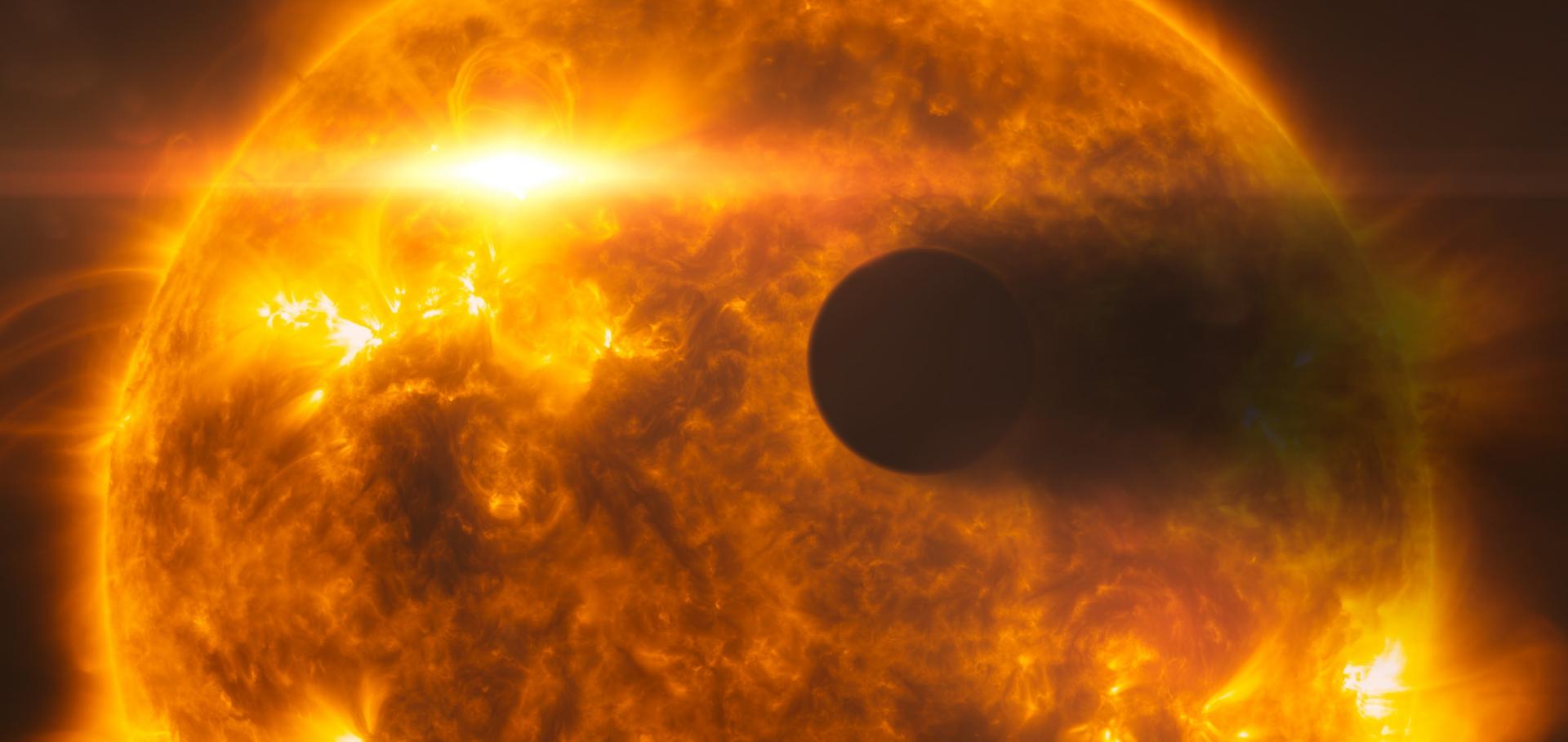The secondary eclipse of the transiting exoplanet CoRoT-2b (vol 501, pg L23, 2009)
ASTRONOMY & ASTROPHYSICS 512 (2010) ARTN C1
ASTEP South: An Antarctic Search for Transiting ExoPlanets around the celestial South pole
(2009)
The secondary eclipse of the transiting exoplanet CoRoT-2b
Astronomy and Astrophysics 501:3 (2009)
Abstract:
We present a study of the light curve of the transiting exoplanet CoRoT-2b, aimed at detecting the secondary eclipse and measuring its depth. The data were obtained with the CoRoT satellite during its first run of more than 140 days. After filtering the low frequencies with a pre-whitening technique, we detect a 0.0060±0.0020% secondary eclipse centered on the orbital phase 0.494±0.006. Assuming a black-body emission of the planet, we estimate a surface brightness temperature of Tp,CoRoT = 1910+90-100 K. We provide the planet's equilibrium temperature and re-distribution factors as a function of the unknown amount of reflected light. The upper limit for the geometric albedo is 0.12. The detected secondary is the shallowest ever found. © 2009 ESO.Transiting exoplanets from the CoRoT space mission: VII. The "hot-Jupiter"-type planet CoRoT-5b
(2009)


